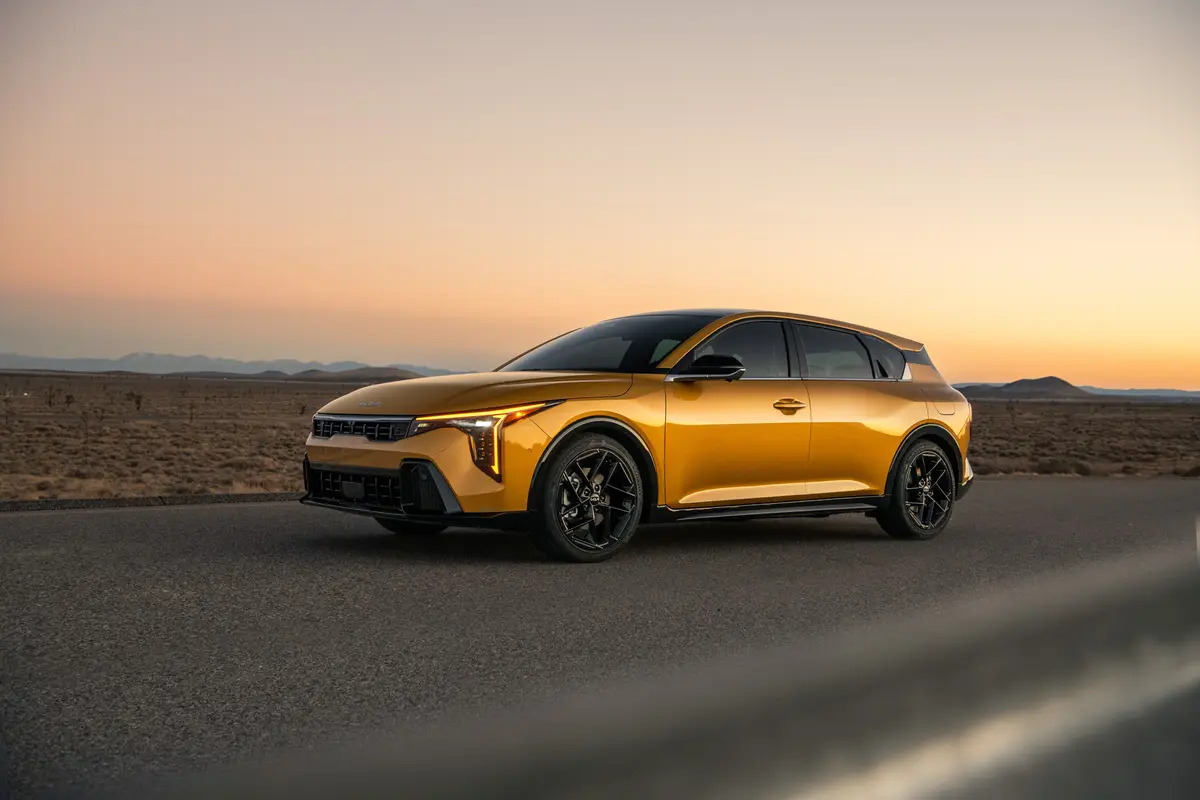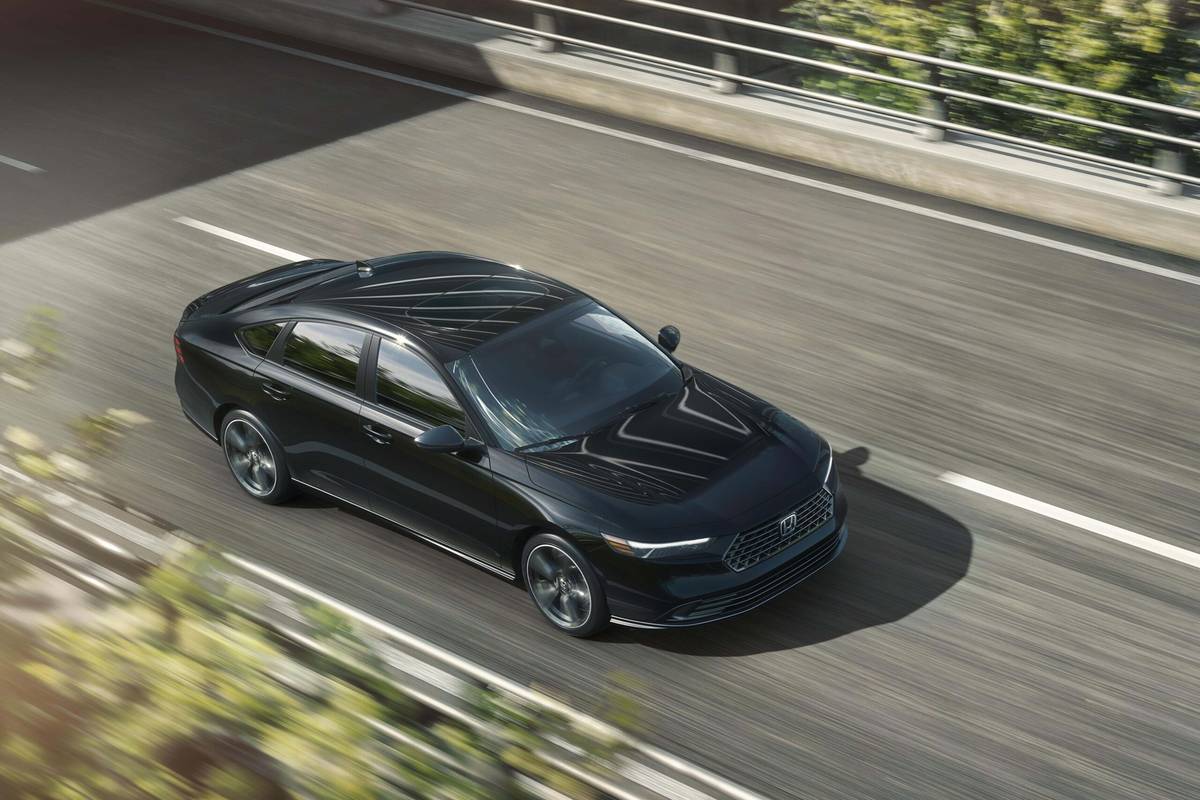washingtonpost.com's view
The 2010 Cadillac CTS Sport Wagon is no excuses. The 2010 Cadillac SRX4 2.8 T “crossover utility vehicle” is a symphony of compromises. At base prices of up to $40,000, I’ll take no excuses.
I spent the past two weeks in two motorized variations on a theme — the wagon. I gained incredible insight. People loved the CTS Sport Wagon for its sharp styling inside and out, its precise road manners, its utility. But the younger they were, the less they liked it.
Why?
“Because my parents drove a wagon,” was the usual response.
So what?
“My parents, you know. I’m not my parents.”
I heard that so much, I looked into it. It certainly was true they weren’t their parents. But many of them were young couples and parents with the need to cart young children. They wanted to do it fashionably. Wagons, they said, weren’t fashionable. They much preferred the Cadillac SRX4 2.8T, which had marginally better cargo space, but not more power, better road manners or better fuel economy than the CTS Sport Wagon.
What the SRX4 2.8T had was what it lacked — the absence of anything that identified it as a wagon.
It was a matter of consumer self-image turned successful marketing hustle. Is there a chance that it will return to truth, to wagons? Consider:
— Much off the stuff people carry in midsize sport-utility vehicles can be carried in wagons — or “sport wagons” if that makes you feel better — with greater ease, better fuel economy, better handling and easier parking.
— Wagons developed a dowdy image because the children who rode in them later scorned as “dowdy” and “old-fashioned” the parents who reared and transported them.
— In their fashionable rebellion, the anti-wagon kids chose minivans, then sport-utility vehicles, and now crossover utility vehicles to function as wagons. The first two of those choices backfired. The third one, examined closely, really doesn’t make much sense.
Consider:
— Minivans became less desirable than wagons. Many of the parents who bought them turned against them before their kids rebelled.
— SUVs became social and environmental pariahs.
— Does the term “crossover” make sense to you?
The Cadillac CTS Sport Wagon makes sense. It is what it is: a wagon, elegantly pure and simple, with much of the handling and acceleration of the CTS sedan and coupe. Everything about it was smarter, more fun.
The CTS Sport Wagon I chose came with an optional 3.6-liter, direct-injection V-6 (304 horsepower/273 foot-pounds of torque). The comparable, optional engine available on the SRX4 2.8T is a turbocharged, 2.8-liter V-6 (300 horsepower/224 foot-pounds of torque).
The CTS Sport Wagon is based on a rear-wheel-drive platform; and rear-wheel drive is how I drove it. It is available with all-wheel drive. The SRX4 2.8T, as the “4” indicates, was an all-wheel-drive model. But it comes standard with front-wheel drive. That one left me scratching my head.
The SRX4 2.8T is neither wagon nor minivan, and certainly nothing any self-respecting off-road driver would call or call upon as an SUV. What is it? I still don’t know. But its all-wheel-drive system did do an effective job of getting me and my cartel through the snow.
The CTS Sport Wagon came shortly after the snow began melting. In rear-wheel drive, it still performed admirably on slippery roads. In available all-wheel drive, or with proper snow tires, it would have done just as well as the SRX4 in the snow.
But what I loved about it was its sense of self. It shouted, “I am a wagon.” In today’s world of status-conscious drivers and driving enthusiasts who buy cars and fashionable wagon substitutes with more power than they’ll ever use and more size than they can comfortably park, you’ve got to love a wagon that does that.
Brown is a special correspondent.
Latest news



